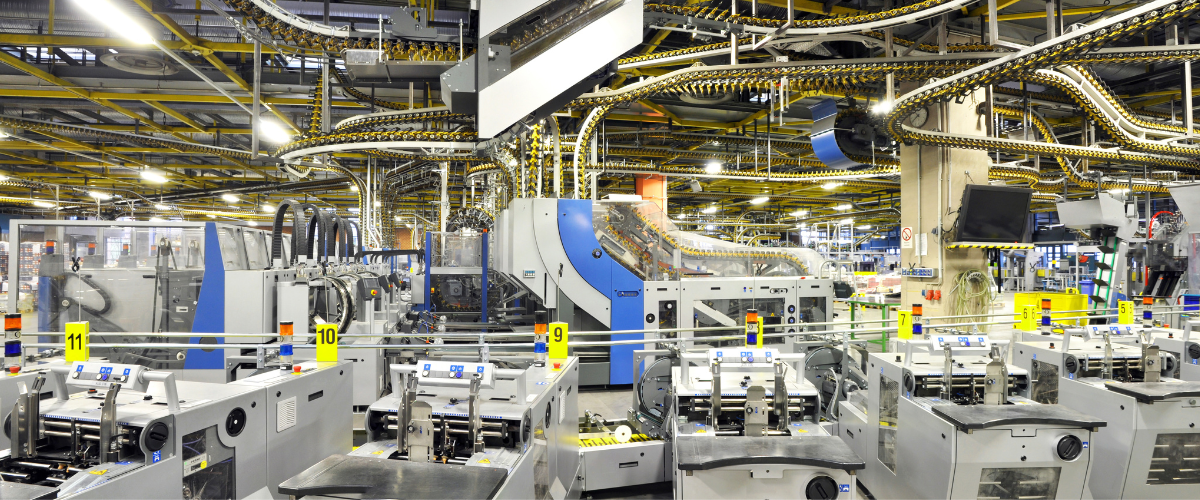Sustainability in automotive parts and innovative practices


Sustainability in automotive parts and innovative practices
Jun 18, 2025 5:48:50 PM
4
min read
The future of automotive parts: electric vehicles and market trends


The future of automotive parts: electric vehicles and market trends
Jun 18, 2025 5:48:13 PM
5
min read
Why outsourcing cyber security makes good business sense
.png)
.png)
Why outsourcing cyber security makes good business sense
Apr 17, 2025 10:01:54 AM
4
min read
Navigating economic challenges in the automotive parts industry


Navigating economic challenges in the automotive parts industry
Apr 14, 2025 1:25:16 PM
7
min read
Connecting SaaS products to ERP with Eversource’s eProcurement solution


Connecting SaaS products to ERP with Eversource’s eProcurement solution
Sep 18, 2024 1:50:59 PM
7
min read
MYOB Advanced rebrands to MYOB Acumatica
.png)
.png)
MYOB Advanced rebrands to MYOB Acumatica
Jul 16, 2024 1:01:33 PM
2
min read
Elevating efficiency for healthcare and medical wholesale and distribution and manufacturing businesses
-1.png)
-1.png)
Elevating efficiency for healthcare and medical wholesale and distribution and manufacturing businesses
Jun 10, 2024 11:25:17 AM
5
min read
Excellence in the building products sector


Excellence in the building products sector
Apr 30, 2024 11:31:04 AM
9
min read
The Future of Transport Management: The Advantages of a TMS ERP Integration


The Future of Transport Management: The Advantages of a TMS ERP Integration
May 9, 2023 11:47:10 AM
4
min read